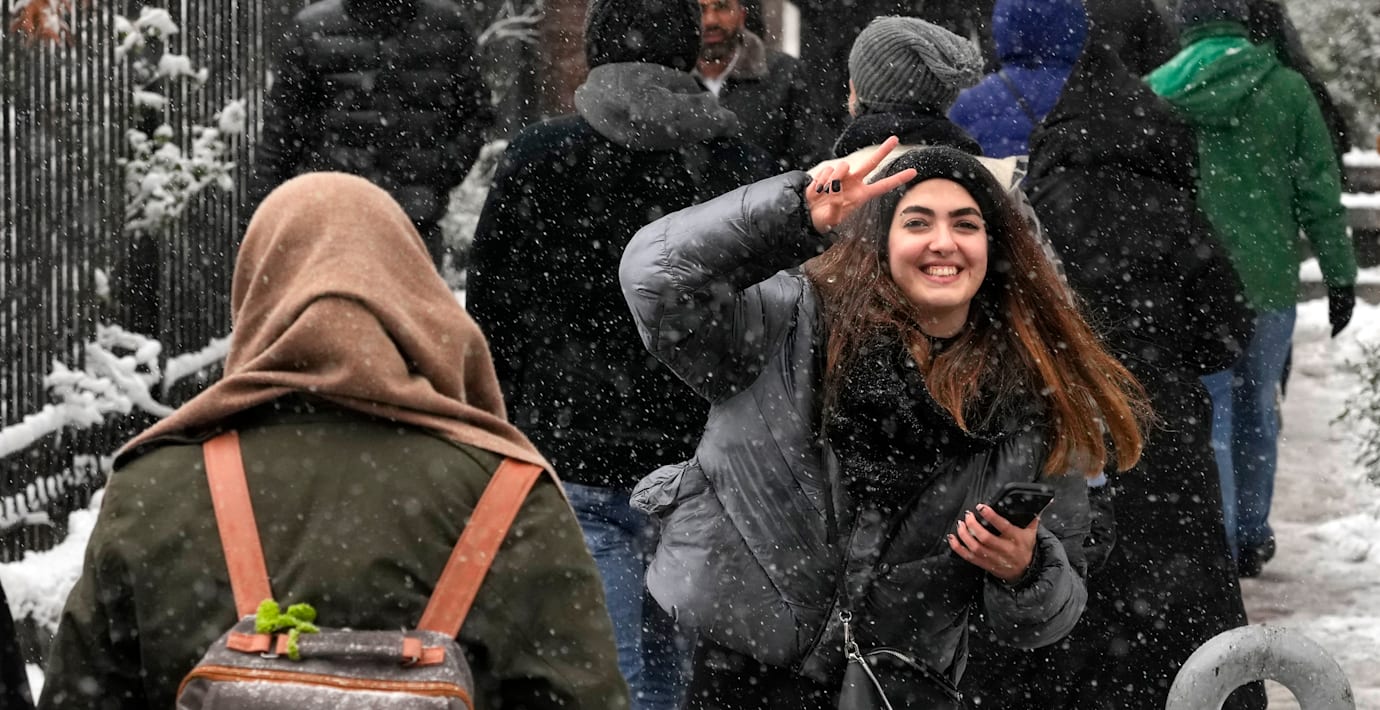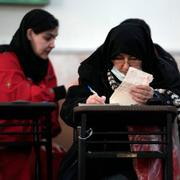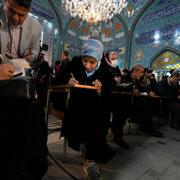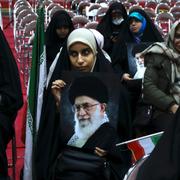bakgrund
Protesterna efter Jina Mahsa Aminis död
Wikipedia (en)
Civil unrest and protests against the government of the Islamic Republic of Iran (also IRI or nezam) associated with the death in police custody of Mahsa Amini (Persian: مهسا امینی) began on 16 September 2022 and carried on into 2023, but were said to have "dwindled" or "died down" by spring of 2023. As of September 2023, the "ruling elite" of Iran was said to remain "deeply entrenched" in power. The protests were described as "unlike any the country had seen before", the "biggest challenge" to the government, and "most widespread revolt", since the Islamic Revolution in 1979.
Mahsa Amini was arrested by the Guidance Patrol on 13 September 2022 for allegedly violating Iran's mandatory hijab law by wearing her hijab "improperly" while visiting Tehran from Saqqez. According to eyewitnesses, she was severely beaten by Guidance Patrol officers (this was denied by Iranian authorities). She subsequently collapsed, was hospitalized and died three days later. As the protests spread from Amini's hometown of Saqqez to other cities in the Iranian Kurdistan and throughout Iran, the government responded with widespread Internet blackouts, nationwide restrictions on social media usage, tear gas and gunfire.Although the protests have not been as deadly as those in 2019 (when more than 1,500 were killed), they have been "nationwide, spread across social classes, universities, the streets [and] schools". At least 551 people, including 68 minors, had been killed as a result of the government's intervention in the protests, as of 15 September 2023. Before February 2023 when most were pardoned, an estimated 19,262 were arrested across at least 134 cities and towns and 132 universities.Female protesters, including schoolchildren, have played a key role in the demonstrations. In addition to demands for increased rights for women, the protests have demanded the overthrow of the Islamic Republic, setting them apart from previous major protest movements in Iran, which have focused on election results or economic woes.
The government's response to the protests and its "brutal and disproportionate use of force against peaceful protesters and children" was widely condemned, but Supreme Leader of Iran Ayatollah Ali Khamenei dismissed the unrest as "riots" and part of a "hybrid war" against Iran created by foreign enemy states and dissidents abroad.



